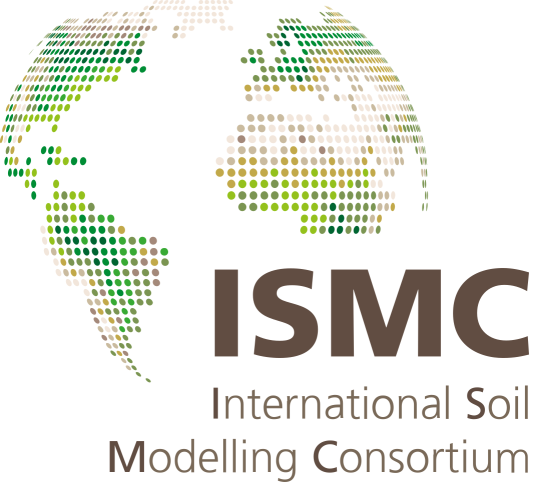Soil properties: their prediction and feature extraction from the LUCAS spectral library using deep convolutional neural networks
- 1College of Land Resources and Environment, Jiangxi Agricultural University, Nanchang 330045, China
- 2Key Laboratory of Poyang Lake Watershed Agricultural Resources and Ecology of Jiangxi Province, Nanchang 330045, China
- 3College of Forestry, Jiangxi Agricultural University, Nanchang 330045, China
Soil, as a non-renewable resource, should be monitored continuously to prevent its degradation and promote sustainable agricultural management. Soil spectroscopy in the visible-near infrared range is a fast and cost-effective analytical technique to predict soil properties. The use of large soil spectral libraries can reduce the work needed to reliably estimate soil properties and obtain robust models capable of widespread applicability. Deep learning is apt for big data analysis, and this approach could herald a profound change in the way we model soil spectral data generally. Accordingly, we explored the modeling potential of deep convolutional neural networks (DCNNs) for soil properties based on a large soil spectral library. The European topsoil dataset provided by the Land Use/Cover Area frame Survey (LUCAS) was used without any pre-processing of spectra or covariates added. Two 16-layer DCNN models (ResNet-16 and VGGNet-16) were successfully used to make regression predictions of seven soil properties and classification predictions of soil texture into four groups and 12 levels. Our results showed that the ResNet-16 and VGGNet-16 models produced highly accurate predictions for most soil properties, being superior to either a shallow convolutional neural network and traditional machine learning approaches. Soil organic carbon content, nitrogen content, cation exchange capacity, pH, and calcium carbonate content were well predicted, having a ratio of performance to deviation (RPD) > 2.0. Soil potassium content was adequately predicted (1.4 ≤ RPD ≤ 2.0) and phosphorous content was poorly predicted (RPD < 1.4). The overall classification accuracy of soil texture was 0.749 (four groups) and 0.566 (12 levels). The position of feature wavelengths differed among the soil properties, for which multiple characteristic peaks were common. This study fully demonstrates the modeling potential of deep learning with soil hyperspectral data, which could bring us closer to achieving precision agriculture.
How to cite: Zhong, L., Guo, X., Xu, Z., and Ding, M.: Soil properties: their prediction and feature extraction from the LUCAS spectral library using deep convolutional neural networks, 3rd ISMC Conference ─ Advances in Modeling Soil Systems, online, 18–22 May 2021, ISMC2021-28, https://doi.org/10.5194/ismc2021-28, 2021.

